ENFORCER E-960-D290Q is a reliable perimeter security device that can help you protect your property from intruders. With a range of up to 290 ft. (90m) outdoors and 590 ft. (180m) indoors, it can cover a wide area and detect any unauthorized entry. The twin beams provide excellent reliability, minimizing false alarms from falling leaves, birds, etc. The lensed optics reinforce beam strength and provide immunity to false alarms due to rain, snow, mist, etc.
ENFORCER E-960-D290Q is a reliable perimeter security device that can help you protect your property from intruders. With a range of up to 290 ft. (90m) outdoors and 590 ft. (180m) indoors, it can cover a wide area and detect any unauthorized entry. The twin beams provide excellent reliability, minimizing false alarms from falling leaves, birds, etc. The lensed optics reinforce beam strength and provide immunity to false alarms due to rain, snow, mist, etc.




-
 1
1
-
 2
2
-
 3
3
-
 4
4
ENFORCER E-960-D290Q Installation guide
- Type
- Installation guide
- This manual is also suitable for
ENFORCER E-960-D290Q is a reliable perimeter security device that can help you protect your property from intruders. With a range of up to 290 ft. (90m) outdoors and 590 ft. (180m) indoors, it can cover a wide area and detect any unauthorized entry. The twin beams provide excellent reliability, minimizing false alarms from falling leaves, birds, etc. The lensed optics reinforce beam strength and provide immunity to false alarms due to rain, snow, mist, etc.
Ask a question and I''ll find the answer in the document
Finding information in a document is now easier with AI
Related papers
-
SECO-LARM E-960-D90GQ Owner's manual
-
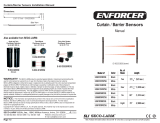 ENFORCER E-9679C8B25Q Installation guide
ENFORCER E-9679C8B25Q Installation guide
-
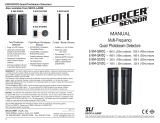 ENFORCER E-964-Q330Q Installation guide
ENFORCER E-964-Q330Q Installation guide
-
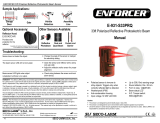 ENFORCER E-931-S33PRQ Installation guide
ENFORCER E-931-S33PRQ Installation guide
-
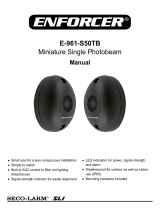 ENFORCER E-961-S50TB User manual
ENFORCER E-961-S50TB User manual
-
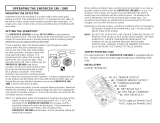 ENFORCER ENFORCER 190 Installation guide
ENFORCER ENFORCER 190 Installation guide
-
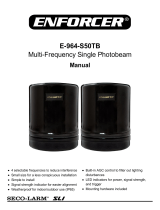 ENFORCER E-964-S50TB Installation guide
ENFORCER E-964-S50TB Installation guide
-
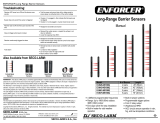 ENFORCER E-9626-2B190Q Installation guide
ENFORCER E-9626-2B190Q Installation guide
-
SECO-LARM E-936-S35RRGQ Owner's manual
-
SECO-LARM E-921CPQ Owner's manual
Other documents
-
SECO-LARM E-960-D90Q Owner's manual
-
SECO-LARM E-960-D90GQ Owner's manual
-
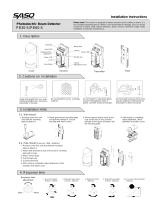 SASO PB030-S,PB060-S User And Installer Manual
SASO PB030-S,PB060-S User And Installer Manual
-
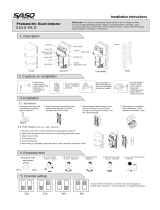 SASO D-PB-xxx User And Installer Manual
SASO D-PB-xxx User And Installer Manual
-
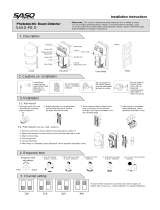 SASO PB030-D,PB060-D,PB100-D User And Installer Manual
SASO PB030-D,PB060-D,PB100-D User And Installer Manual
-
RIPPTON Bite Keeper User manual
-
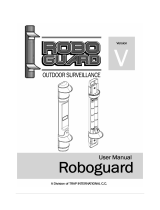 Trap Roboguard User manual
Trap Roboguard User manual
-
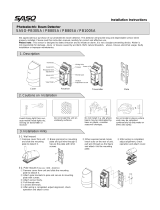 SASO SA-PB-xxx User And Installer Manual
SASO SA-PB-xxx User And Installer Manual
-
Bosch MP3 Datasheet
-
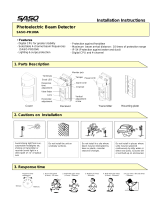 SASO A-PB100 User And Installer Manual
SASO A-PB100 User And Installer Manual
















